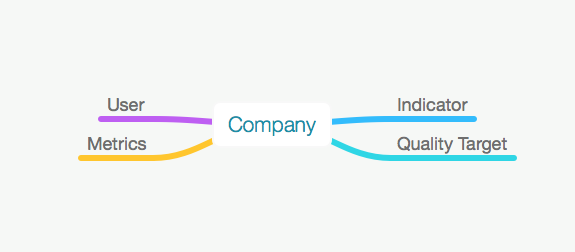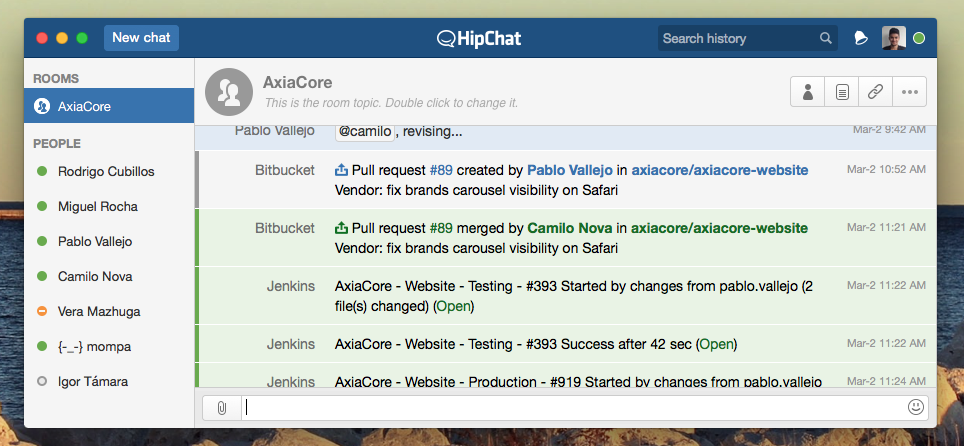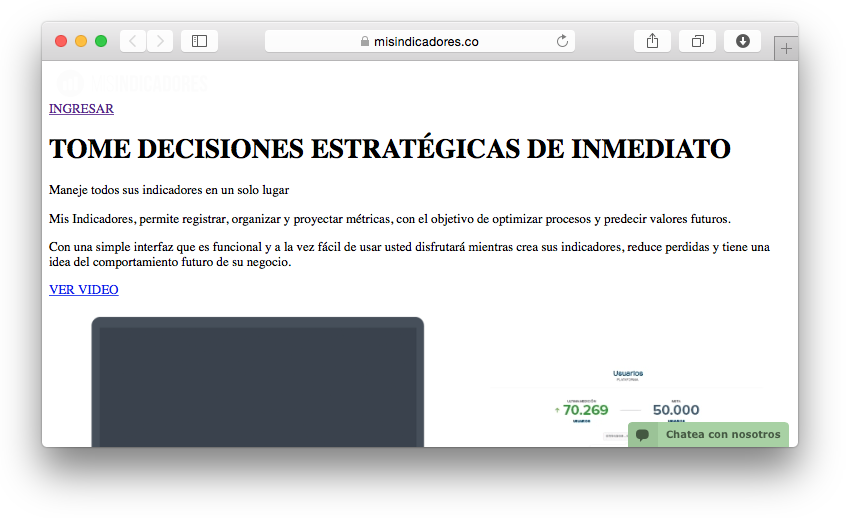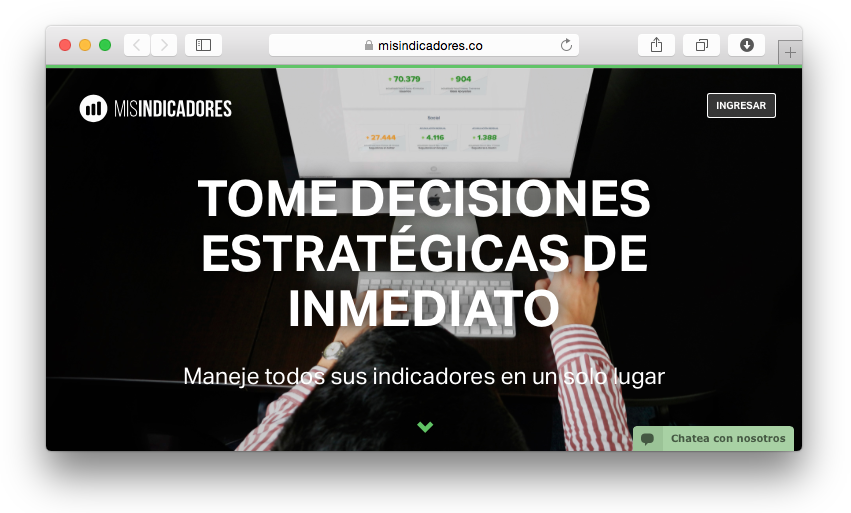Blog
A Successful Way of Building Software
 Pablo Vallejo
Pablo Vallejo
Pablo Vallejo
Software Engineer
We've been developing Web Apps since 2008, at first, we were basically using Drupal, which was completely replaced by Django a couple of years later.
In this process of building Websites, we've learned so many things and have improved our process by automating tasks and not writing boilerplate code by hand, also, with the arrival of every new project we improve the things we weren't getting quite right in the previous one, the objective overall is to make projects easy to understand and minimize friction.
This is the average workflow we have when developing a new project.
1. Understanding client's story and setting estimates
We start every project by listening to our clients carefully, taking notes, giving them suggestions on how to improve things, and generally laying the overall project idea. This process may take one or multiple sessions depending on its complexity.
Afterward, we sit down with our team and estimate how much time it would take for us to produce this software, we do this by dividing the project into smaller sections and then dividing each section into Jira issues which is the software we use for managing projects.

We have 5 main statuses a ticket can be at, the first is To do which just holds tickets that are pending, then, when a team member starts working on a ticket it is moved to In progress and to Quality assurance to be revised once it's finished.
After It passed QA it's ready to be reviewed by the product owner, which is a role played by one of our team members and then it's moved to Done once it's accepted.
A status we've added is Stopped which holds tickets that didn't pass QA and are to be fixed.
2. Defining entities and relationships
At this stage, we define models (Entities of the project) and how they're related. This is usually designed by our lead developer and discussed and improved with all backend developers involved in the project. We try to make everything very simple and try not to have premature optimization. Eventually, we have to add model attributes and modify little things afterward during the implementation.

3. Coding, development workflow, and deployment
Nowadays we use Yeoman and a generator we built to scaffold the basic project structure, preventing us from writing boilerplate code. Afterward, we set up the project git repository with two main branches, master and dev, which represent production and development respectively.
Once that the repo is set up, other developers are ready to hack, so, each one clone the repo and create a branch with the id of the Jira ticket, they want to work on.

Pull requests
We use pull requests to integrate code into staging and production servers and try them to be very concise and small in order to be easy to review and to spot errors quickly. With smaller pull requests, we've noticed a faster flow because the person that reviews them won't have to spend 20 minutes on each one but rather 3 minutes or less.
Continuous integration
As we stated before, we use a staging server that is available on the web and is a representation of the
dev.
Every time a pull request pointing to
dev is merged, this code is deployed to the staging server using Bitbucket Hooks and Jenkins CI.

The deployment process is composed of two steps, first, it runs Django tests and secondly, the code is deployed to the server if the tests pass.
We're notified of all these steps on our HipChat company chat.
Sprints
For us iterating is a key to keep projects manageable, therefore we rely on an agile development process where we have sprints. These days our sprints last two weeks as we realized that it allows us to complete functionalities that are more relevant which makes things easier for our QA team. This as opposed to the one-week sprints we had before where the QA team had to test the single pieces of a certain process.
4. Design, styling, and front-end tooling
After the backend development process is finished, we start styling the Web App. This may seem complex as styling a finished template looks harder than adding functionality to a styled interface, however, we've realized that by using some simple conventions, styling a working interface becomes easier. Basically, the conventions we use are.

- Use a
js-prefix to every markup element that is affected or bound to using JavaScript. - Keep markup as simple as possible.
- Don't care about how the page looks when developing the first functionality.

In this way we know we can move things around when adding styles without breaking something.
CSS/SASS/Compass
By defining a project pallet we start our style structure, this pallet is a set of variables with the colors we'll use throughout the site.
As a CSS preprocessor
Sass in conjunction with Compass which provides a convenient set of mixins.
Dependencies
Bower turned out to work very well for us, so we manage all front-end dependencies using it. Also, we use Gulp to compile assets, create tags using Semver and work in conjunction with LiveReload.
5. QA and shipping
Before the site is ready for production, our QA team navigates it fully, finding where it breaks, so that we can fix these issues before deploying, then our client uses the site and has to approve everything is looking fine, then we move to production.
Moving to production is just a merge into the master branch.
Conclusion
Keeping things simple, automate as much as possible, and learning from errors are key things to have in mind in order to make the overall software development process easier.
More reading
If you want to learn more about the things we went over, here there are some relevant links.
Written by Pablo Vallejo
 Pablo Vallejo
Pablo Vallejo
Pablo develops and optimizes software solutions, focusing on functionality and user experience. His expertise in coding and problem-solving ensures the creation of efficient and reliable applications.
Scale your company with the same people
Practical ideas to do more and get back your time every week
We respect your inbox. Privacy policy
